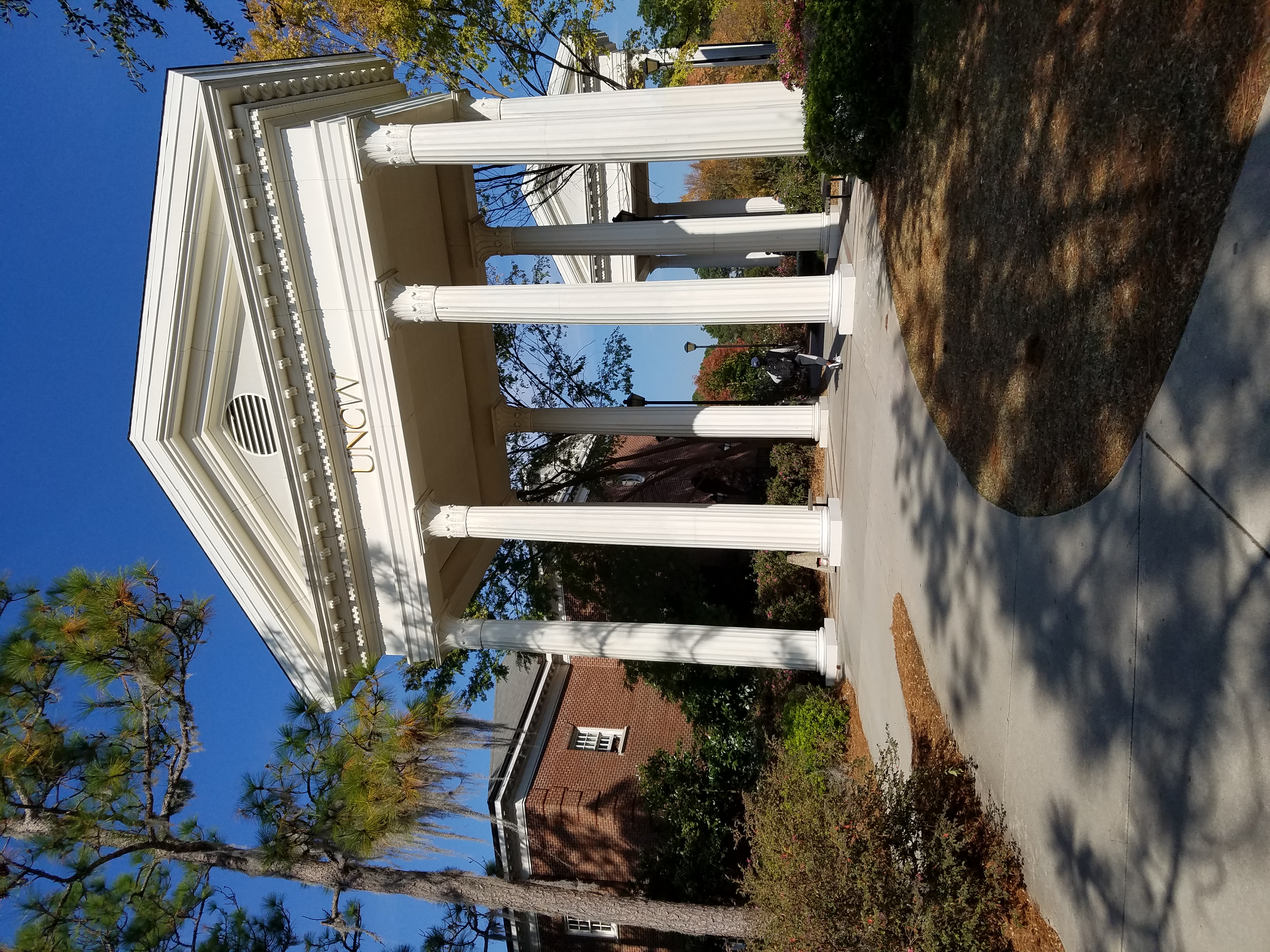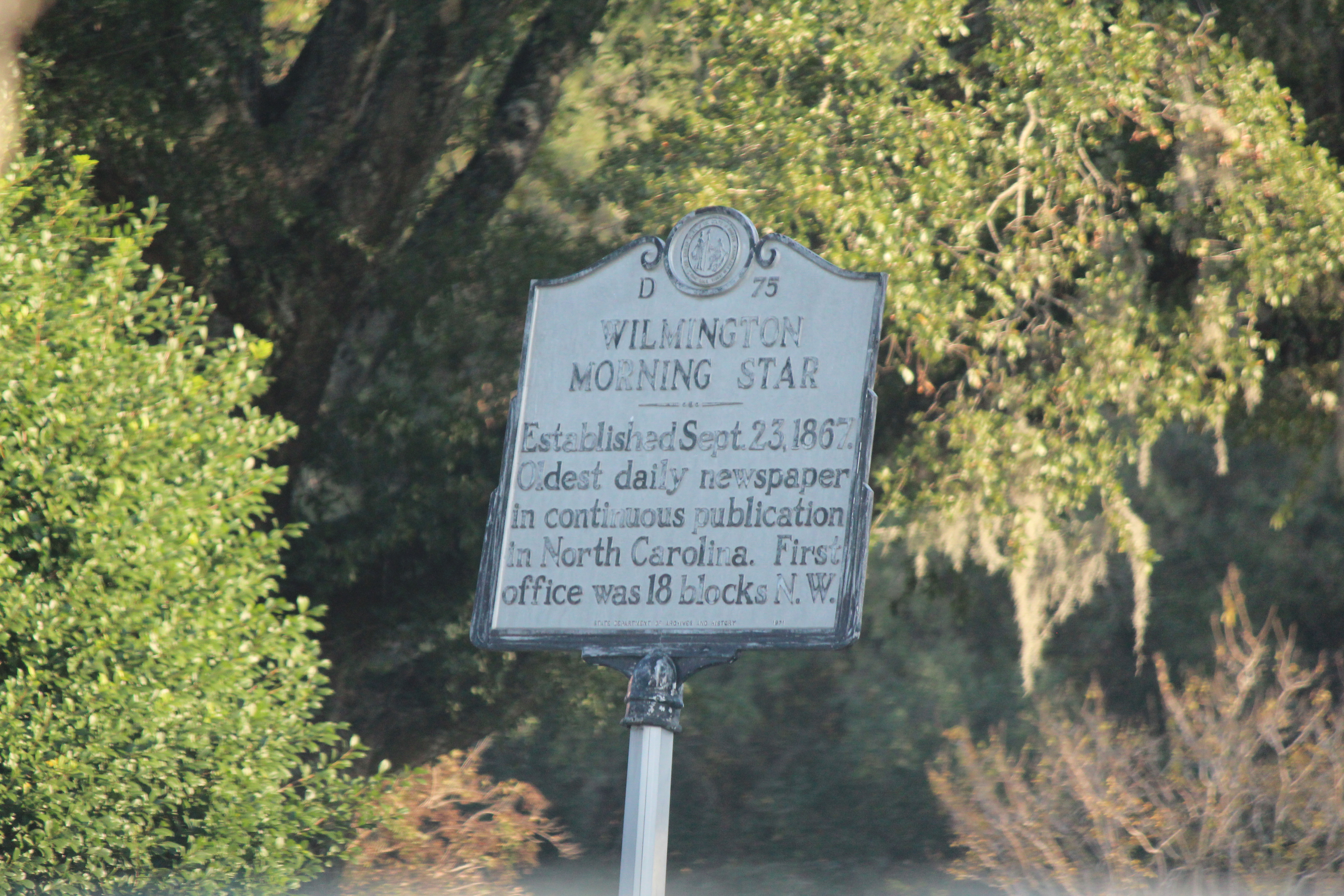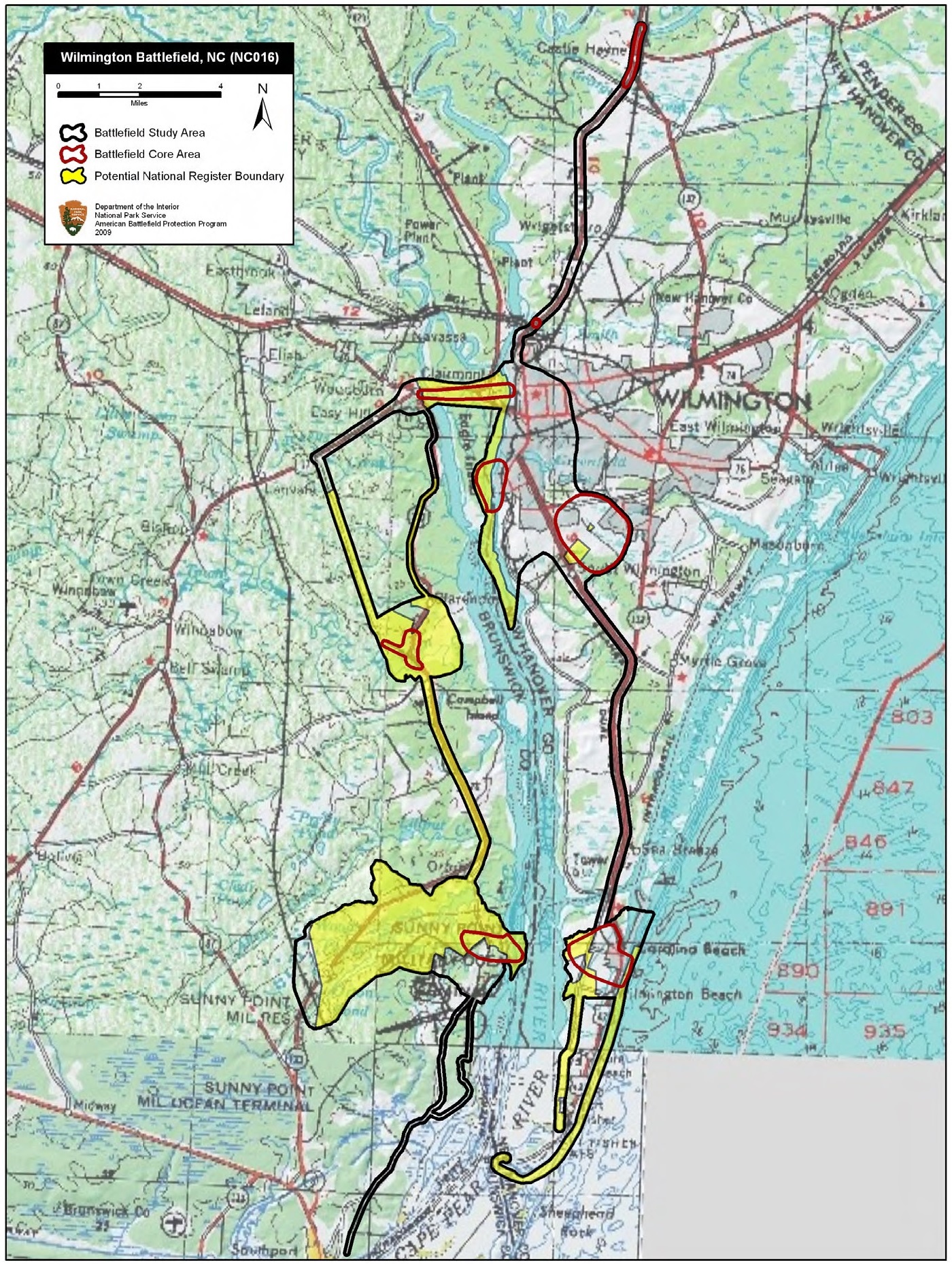|
Timeline Of Wilmington, North Carolina
The following is a timeline of the history of the city of Wilmington, North Carolina, United States. 18th-19th centuries * 1733 - Settlement "called New Carthage, then New Liverpool, then Newton or New Town." (Timeline) * 1739 ** Town incorporated and renamed "Wilmington." ** New Hanover County seat moves to Newton from Brunswick. * 1751 - St. James Episcopal Church founded. * 1756 - Fire. * 1760 - John Sampson becomes mayor. * 1764 - Fort Johnston built near Wilmington. * 1776 - February 27: Battle of Moore's Creek Bridge fought near Wilmington during the American Revolutionary War. * 1781 - Wilmington occupied by British forces under command of Cornwallis. * 1820 - Population: 2,633. * 1830 - Population: 3,791. * 1840 - Population: 5,335. * 1844 - '' Wilmington Journal'' newspaper begins publication. * 1849 - April 16: Snowfall. * 1850 - Population: 7,264. * 1855 - Oakdale Cemetery and Wilmington Library Association ( social library) organized. * 1860 - Population: 9,552. ... [...More Info...] [...Related Items...] OR: [Wikipedia] [Google] [Baidu] |
Wilmington, North Carolina
Wilmington is a port city in and the county seat of New Hanover County in coastal southeastern North Carolina, United States. With a population of 115,451 at the 2020 census, it is the eighth most populous city in the state. Wilmington is the principal city of the Wilmington Metropolitan Statistical Area, a metropolitan area that includes New Hanover and Pender counties in southeastern North Carolina, which had a population of 301,284 at the 2020 census. Its historic downtown has a Riverwalk, developed as a tourist attraction in the late 20th century. In 2014, Wilmington's riverfront was ranked as the "Best American Riverfront" by readers of ''USA Today''. The National Trust for Historic Preservation selected Wilmington as one of its 2008 Dozen Distinctive Destinations. City residents live between the Cape Fear river and the Atlantic ocean, with four nearby beach communities just outside Wilmington: Fort Fisher, Wrightsville Beach, Carolina Beach and Kure Beach, all wi ... [...More Info...] [...Related Items...] OR: [Wikipedia] [Google] [Baidu] |
Historic Preservation
Historic preservation (US), built heritage preservation or built heritage conservation (UK), is an endeavor that seeks to preserve, conserve and protect buildings, objects, landscapes or other artifacts of historical significance. It is a philosophical concept that became popular in the twentieth century, which maintains that cities as products of centuries’ development should be obligated to protect their patrimonial legacy. The term refers specifically to the preservation of the built environment, and not to preservation of, for example, primeval forests or wilderness. Areas of professional, paid practice Paid work, performed by trained professionals, in historic preservation can be divided into the practice areas of regulatory compliance, architecture and construction, historic sites/museums, advocacy, and downtown revitalization/rejuvenation; each of these areas has a different set of expected skills, knowledge, and abilities. United States In the United States, about 70% o ... [...More Info...] [...Related Items...] OR: [Wikipedia] [Google] [Baidu] |
List Of Television Stations In North Carolina
This is a list of broadcast television stations that are licensed in the U.S. state of North Carolina. Full-power stations VC refers to the station's PSIP virtual channel. RF refers to the station's physical RF channel. Defunct full-power stations *Channel 8: WFXI – Fox – Morehead City (1988–2017) *Channel 18: WFLB-TV – ABC/CBS/NBC – Fayetteville (August 29, 1955 – June 20, 1958) *Channel 26: WTOB-TV – ABC/DuMont – Winston-Salem (September 18, 1953 – May 11, 1957) *Channel 28: WNAO-TV – ABC/CBS/NBC/DuMont – Raleigh (July 12, 1953 – December 31, 1957) *Channel 48: WUBC – Ind. – Greensboro (November 6, 1967 – July 26, 1970) *Channel 62: WISE-TV – CBS/NBC – Asheville (became WANC-TV channel 21, August 2, 1953 – 1978) LPTV stations Translators See also * North Carolina media ** List of newspapers in North Carolina ** List of defunct newspapers of North Carolina ** List of radio stations in North Carolina ** Media of cities in North Carolina: A ... [...More Info...] [...Related Items...] OR: [Wikipedia] [Google] [Baidu] |
University Of North Carolina At Wilmington
The University of North Carolina Wilmington (UNCW or UNC Wilmington) is a public research university in Wilmington, North Carolina. It is part of the University of North Carolina System and enrolls 17,499 undergraduate and graduate students each year. It is classified among "R2: Doctoral Universities – High research activity". Founded on September 4, 1947, Wilmington College opened as a junior college, primarily providing education to World War II veterans. The school became a four-year liberal arts college in 1963, following legislation from the North Carolina General Assembly. In 1969, the college became a university and was renamed as the University of North Carolina Wilmington. Today, it has three campuses with the main campus in Wilmington, an extension campus in Jacksonville, North Carolina, and the Center for Marine Science near Myrtle Grove. History UNCW opened its doors on September 4, 1947, as Wilmington College. At the time, it operated as a junior college offeri ... [...More Info...] [...Related Items...] OR: [Wikipedia] [Google] [Baidu] |
List Of Radio Stations In North Carolina
The following is a list of FCC-licensed radio stations in the U.S. state of North Carolina, which can be sorted by their call signs, frequencies, cities of license, licensees, and programming formats. List of radio stations Defunct * WBIG * WCRY * WGIV * WGSB * WGTL * WGTM (Spindale, North Carolina) * WGTM (Wilson, North Carolina) * WJBX * WJOS * WJPI * WLTT * WMBL * WOOW * WPTP-LP * WQNX * WRDK * WSPF * WTOW * WTRQ * WVBS * WVOT * WVSP * WWIL * WWNG See also * North Carolina media ** List of newspapers in North Carolina ** List of television stations in North Carolina ** Media of cities in North Carolina: Asheville, Charlotte, Durham, Fayetteville, Greensboro, High Point, Raleigh, Wilmington, Winston-Salem References Bibliography * * * External links * (Directory ceased in 2017) North Carolina Association of BroadcastersAsheville Radio Museum(est. 2001) Carolinas Chapter of the Antique Wireless Association Images File:Radio listeners a ... [...More Info...] [...Related Items...] OR: [Wikipedia] [Google] [Baidu] |
Alton Lennon Federal Building And Courthouse
Alton Lennon Federal Building and Courthouse, also known as the Customs House, is a historic Federal building and courthouse located at Wilmington, New Hanover County, North Carolina. It was designed by the Office of the Supervising Architect under James A. Wetmore and built between 1916 and 1919. It is an imposing three-story, Classical Revival style light sandstone building. It consists of a central mass with balanced projecting wings having engaged pedimented porticos. The design of the front facade of the earlier 1840s customs house is incorporated into the projecting wings to the cast iron details. The building measures 332 feet by 113 feet. The building was named for U.S. Congressman and Senator Alton Lennon (1906-1986) in 1976. It was used as the outside of the courthouse on seasons 7-9 of Andy Griffith's TV series ''Matlock'' on ABC. It was listed on the National Register of Historic Places in 1974. It is located in the Wilmington Historic District The Wilmington ... [...More Info...] [...Related Items...] OR: [Wikipedia] [Google] [Baidu] |
Wilmington Insurrection Of 1898
The Wilmington insurrection of 1898, also known as the Wilmington massacre of 1898 or the Wilmington coup of 1898, was a coup d'état and massacre carried out by white supremacists in Wilmington, North Carolina, United States, on Thursday, November 10, 1898. The white press in Wilmington originally described the event as a race riot caused by black people. Since the late 20th century and further study, the event has been characterized as a violent overthrow of a duly elected government by a group of white supremacists. It is the only such incident in the history of the United States. Multiple causes brought it about. The coup was the result of a group of the state's white Southern Democrats conspiring and leading a mob of 2,000 white men to overthrow the legitimately elected local Fusionist biracial government in Wilmington. They expelled opposition black and white political leaders from the city, destroyed the property and businesses of black citizens built up since the America ... [...More Info...] [...Related Items...] OR: [Wikipedia] [Google] [Baidu] |
New Hanover County Courthouse
New Hanover County Courthouse is a historic courthouse building located in Wilmington, North Carolina and is the seat of New Hanover County. It was designed by Alfred Eichberg and James F. Post James F. Post (September 24, 1818 – July 15, 1899) was an architect, builder, and contractor who designed and oversaw the construction of over 60 buildings. He is most known for his buildings in Wilmington, North Carolina, including the Bellamy .... The courthouse was erected in 1892 at corner of 3rd Street and Princess Street. An annex was built in 1925. References Buildings and structures in Wilmington, North Carolina County courthouses in North Carolina Courthouses on the National Register of Historic Places in North Carolina National Register of Historic Places in New Hanover County, North Carolina {{NewHanoverCountyNC-NRHP-stub ... [...More Info...] [...Related Items...] OR: [Wikipedia] [Google] [Baidu] |
Wilmington National Cemetery
Wilmington National Cemetery is a United States National Cemetery located in the city of Wilmington, in New Hanover County, North Carolina. Administered by the United States Department of Veterans Affairs, it encompasses , and as of the end of 2005, had over 6,000 interred remains. History In 1867, the land for Wilmington National Cemetery was purchased by the federal government. Most of the original interments were remains moved from Wilmington City Cemetery and nearby forts, such as Fort Fisher. By 1870 there were over 2,000 interments. In 1918, there was an outbreak of influenza on board a ship docked at the Cape Fear River which was carrying a group of Puerto Rican laborers to Fayetteville, North Carolina to aid in the construction of Camp Bragg. Twenty-eight of the laborers died from the disease and were interred at Wilmington National Cemetery. Wilmington National Cemetery was listed on the National Register of Historic Places in 1997. Notable interments * George ... [...More Info...] [...Related Items...] OR: [Wikipedia] [Google] [Baidu] |
Star-News
''Star-News'' is an American, English language daily newspaper for Wilmington, North Carolina, and its surrounding area (known as the Lower Cape Fear). It is North Carolina's oldest newspaper in continuous publication. It was owned by Halifax Media Group until 2015, when Halifax was acquired by New Media Investment Group. The ''Star-News'' has a circulation of 41,300 daily (47,400 Sunday) and covers a three-county region in Southeastern North Carolina: New Hanover, Brunswick and Pender. History The paper was originally published on September 23, 1867, as the ''Wilmington Evening Star'' by former Confederate Major William H. Bernard. Shortly after first publishing the paper, Bernard changed the paper to come out in the morning and changed the paper name to the ''Wilmington Morning Star''. " was an ardent advocacy of white supremacy-a view never more strongly demonstrated than in its coverage of the Wilmington race riots of 1898." In 1927, R. W. Page bought the ''Morning S ... [...More Info...] [...Related Items...] OR: [Wikipedia] [Google] [Baidu] |
Battle Of Wilmington
The Battle of Wilmington was fought February 11–22, 1865, during the American Civil War, mostly outside the city of Wilmington, North Carolina, between the opposing Union and Confederate Departments of North Carolina. The Union victory in January in the Second Battle of Fort Fisher meant that Wilmington, 30 miles upriver, could no longer be used by the Confederacy as a port. It fell to Union troops after they overcame Confederate defenses along the Cape Fear River south of the city. The Confederate General Braxton Bragg burned stores of tobacco and cotton, among other supplies and equipment, before leaving the city, to prevent the Union from seizing them. Background After the fall of Fort Fisher, the port city of Wilmington was sealed to any further blockade runners; the Confederates had no remaining major ports along the Atlantic seaboard. Confederate forces evacuated the other defensive works near the mouth of the Cape Fear River; they were forced to disable and abandon ... [...More Info...] [...Related Items...] OR: [Wikipedia] [Google] [Baidu] |



.jpg)

